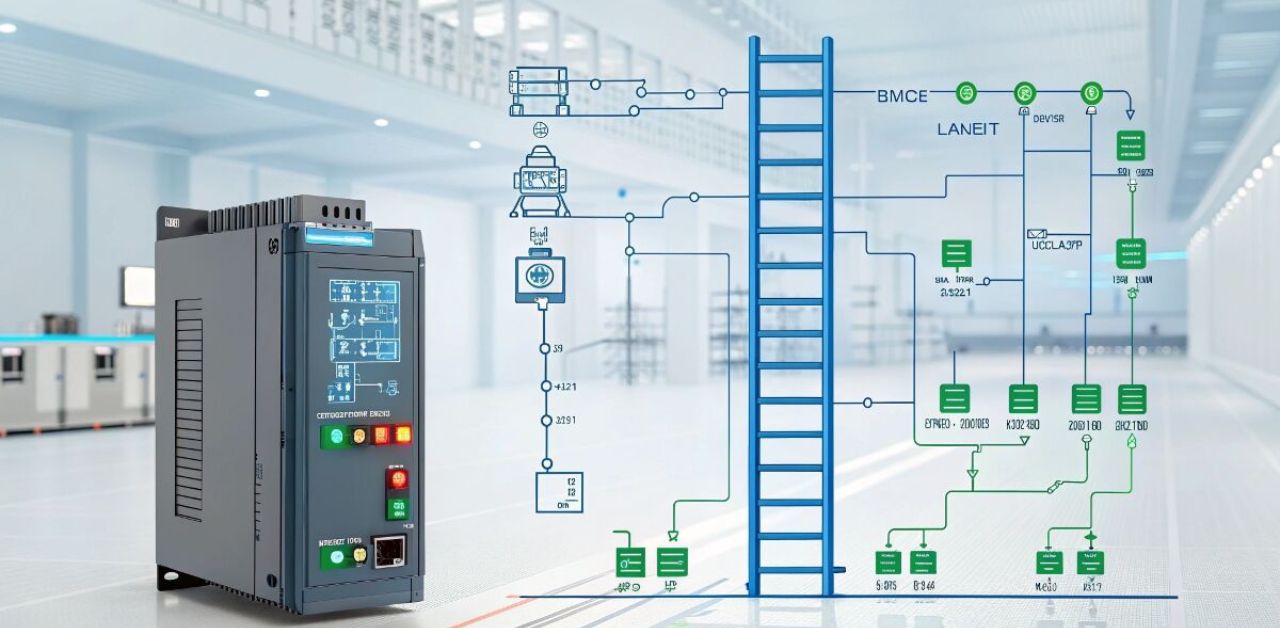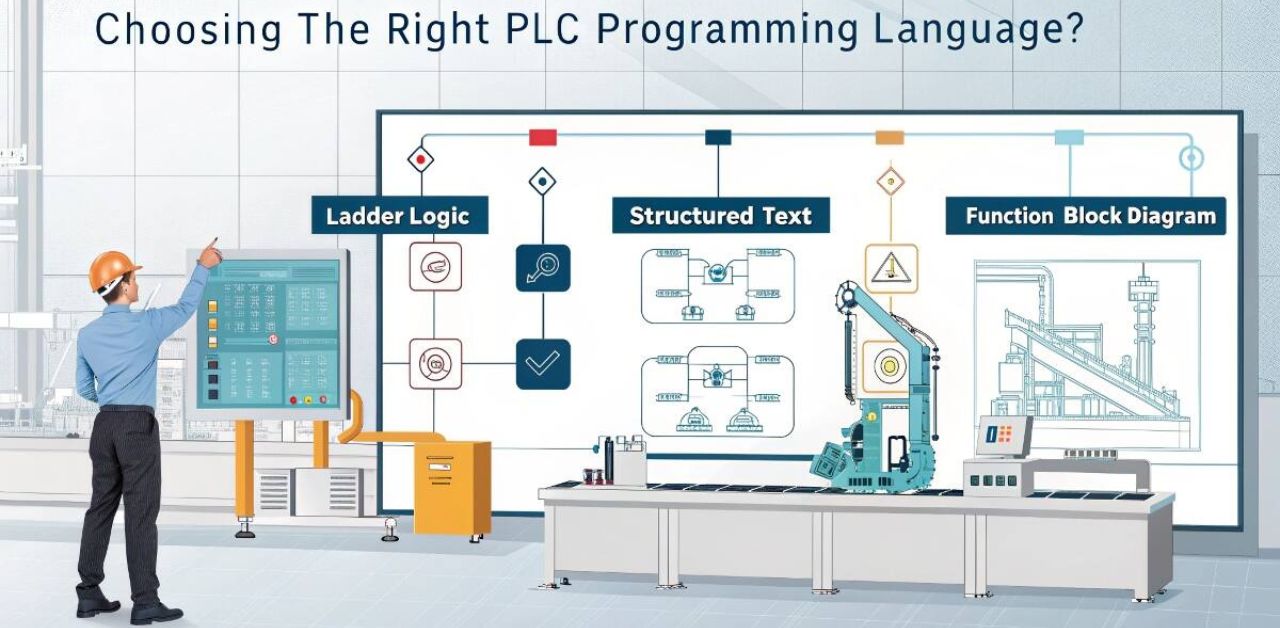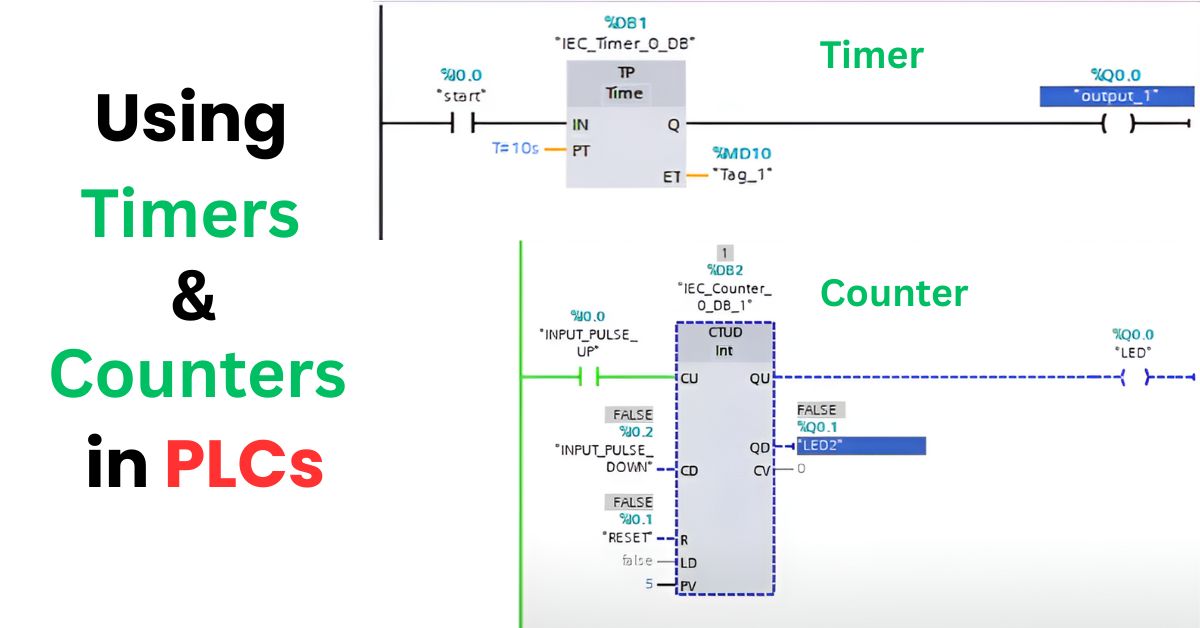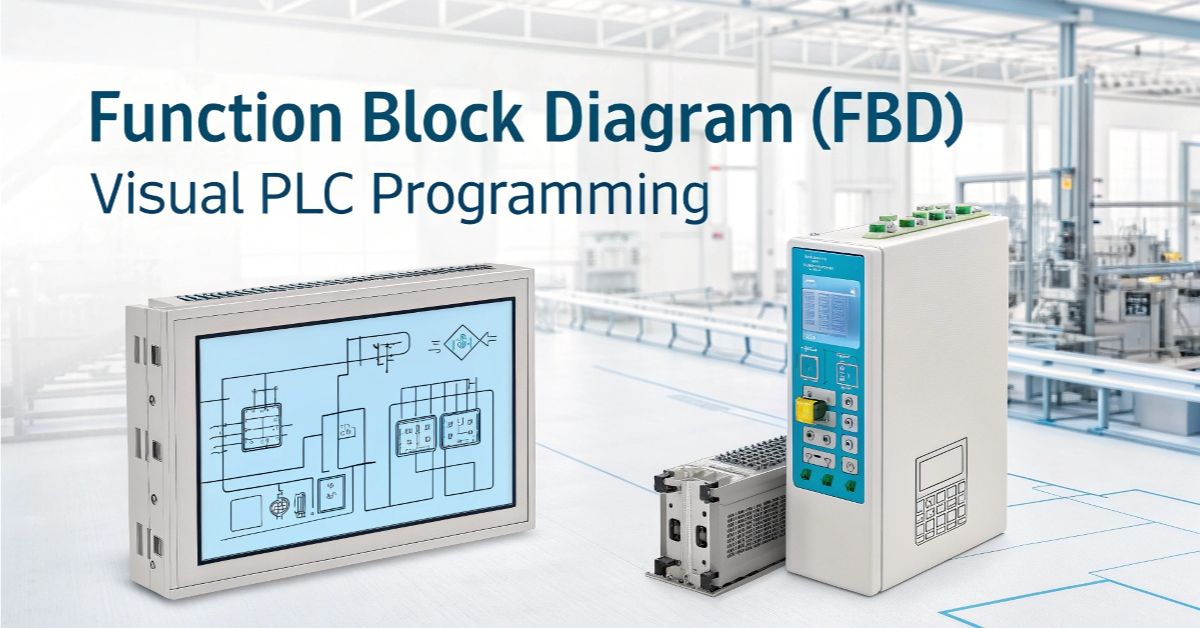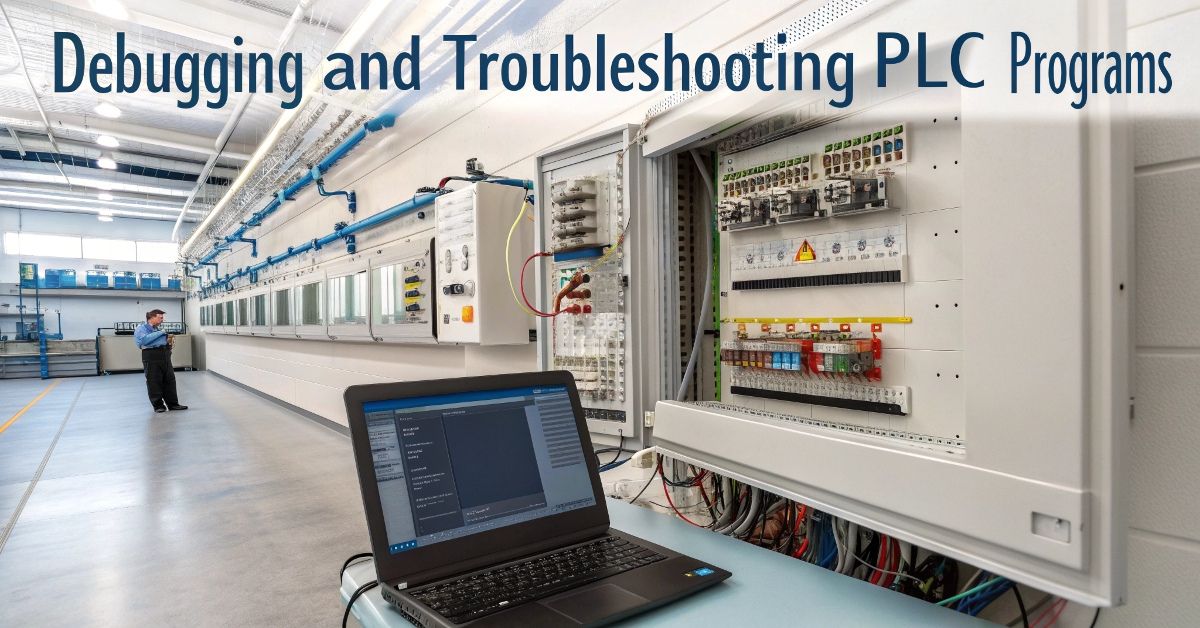What is Ladder Logic in PLC Programming?
Ladder Logic in PLC Programming is a simple visual language that looks like electrical relay circuits. Pictures and symbols are used instead of complicated computer codes. Because of this, beginners find it simple to learn and follow the instructions. It is a key part of industrial automation. To manage machines, factories, power plants, and assembly … Read more

